PPT-Dynamic Data Structures
Author : aaron | Published Date : 2017-04-15
HampK Chapter 14 Instructor Gokcen Cilingir Cpt S 121 July 26 2011 Washington State University Dynamic Data Structures 1 Structures that expand and contract as
Presentation Embed Code
Download Presentation
Download Presentation The PPT/PDF document "Dynamic Data Structures" is the property of its rightful owner. Permission is granted to download and print the materials on this website for personal, non-commercial use only, and to display it on your personal computer provided you do not modify the materials and that you retain all copyright notices contained in the materials. By downloading content from our website, you accept the terms of this agreement.
Dynamic Data Structures: Transcript
Download Rules Of Document
"Dynamic Data Structures"The content belongs to its owner. You may download and print it for personal use, without modification, and keep all copyright notices. By downloading, you agree to these terms.
Related Documents

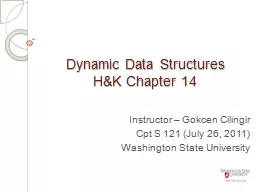


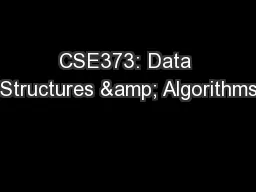

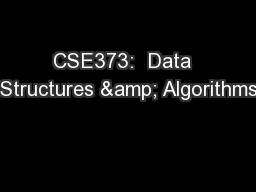

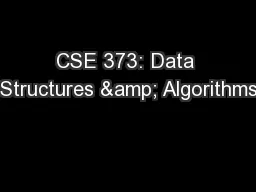

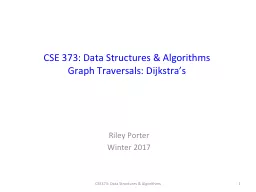
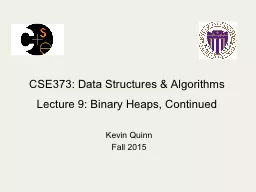

![[READ]-Easy Learning Data Structures & Algorithms ES6+Javascript Classic data structures](https://thumbs.docslides.com/970589/read-easy-learning-data-structures-algorithms-es6-javascript-classic-data-structures-and-algorithms-in-es6-javascript-easy-learning-javascript-and-design-and-data-structures-and-algorithms-book-3.jpg)
![[eBOOK]-Easy Learning Data Structures Algorithms ES6+Javascript: Classic data structures](https://thumbs.docslides.com/975195/ebook-easy-learning-data-structures-algorithms-es6-javascript-classic-data-structures-and-algorithms-in-es6-javascript-easy-learning-javascript-and-design-and-data-structures-and-algorithms-book-3.jpg)